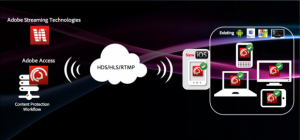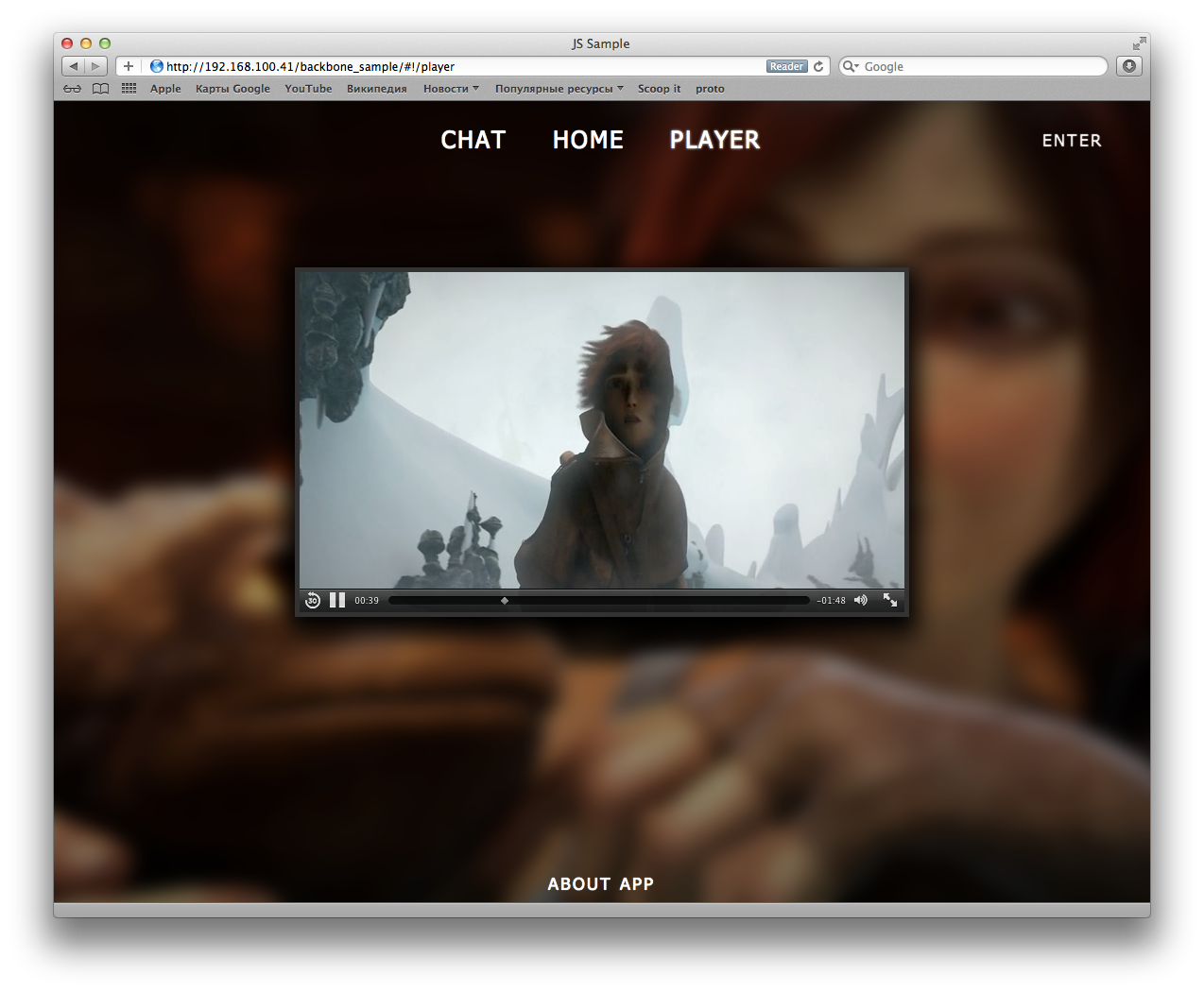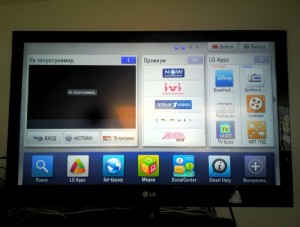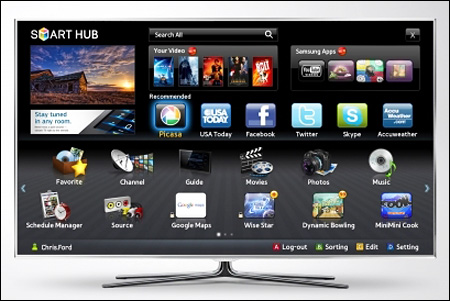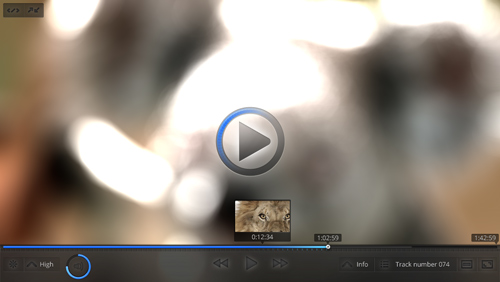
This article provides tips on how to optimize the client part of large-scale Web projects (most of the recommendations also apply to small projects, however). Just within a few years, Web sites have made a giant leap, having evolved from simple static pages to complex applications. The website frontends have as dramatically grown in size and logic, and now they demand no less attention in the context of optimization than backends, as the frontends are responsible for interacting with the users. Continue reading
